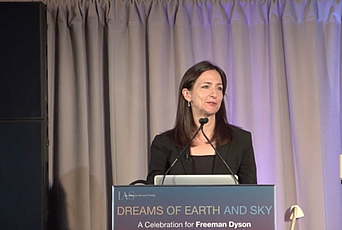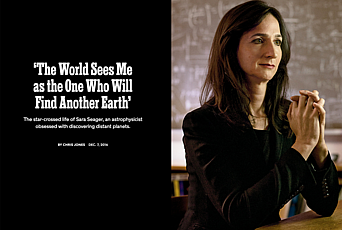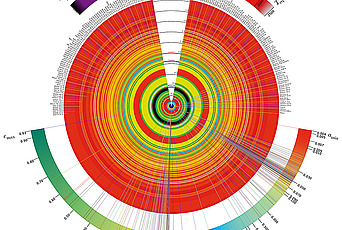
Life on Venus? Sara Seager and Astronomers See a Signal in Its Clouds
Sara Seager first came to the Institute as a postdoctoral fellow and Long-term Member (1999–2002) in the School of Natural Sciences. Today she is developing some of the most innovative methods in exoplanet detection, one of many examples of the type of original thinking cultivated at IAS.
In a paper published on Monday, Seager and team report that, using powerful telescopes, they have detected a chemical—phosphine—in the thick Venus atmosphere. Its source, they assert, is something alive.
“This is an astonishing and ‘out of the blue’ finding,” said Seager. “It will definitely fuel more research into the possibilities for life in Venus’s atmosphere.”
Seager is currently Class of 1941 Professor in the Department of Earth Atmospheric Sciences at MIT. She is a member of the group that made the first direct detection of infrared radiation from an exoplanet. She works on theory of exoplanet atmospheres and novel concepts of space hardware for exoplanet research.
Read more at the New York Times.


